Low back pain is one of the most common symptoms. It can occur at any age, but is more common in elderly people.
Physiotherapy and exercises for low back pain help a lot. However, some people may hurt themselves or aggravate their lower back pain with physical exercises.
If you are starting low back pain physical exercises at home without consulting a physiotherapist or a healthcare worker, you should first know why your back hurts.
Broadly, people develop low back pain because of either a disease state or due to some mechanical factors.
Mechanical Low back pain:
- Mechanical pain is movement-related pain, and the intensity of pain changes frequently with movements.
- This type of low back pain may be relieved with certain postures and movements and aggravated by others. Hence, the intensity of the pain varies with movement, and postures such as lying, sitting, standing, and walking.
Examples of low back pain that is affected by movements include:
- Low back strain,
- Disc degeneration,
- Herniated disc,
- Spinal Stenosis,
- Vertebral fracture.
All these causes of pain are triggered by certain movements. The intensity and the pattern of pain change with movements.
Mechanical back pain is also known as non-specific back pain, as there is no underlying medical cause of the back pain. It can develop due to poor posture, injury or trauma, or muscle overuse. The patient may also complain of a sudden jerk following an exercise or lifting heavy objects.
Mechanical back pain can usually be treated with exercises and physiotherapy sessions. 90% of cases present with mechanical low back pain so they can get better through proper physiotherapy sessions and exercises.
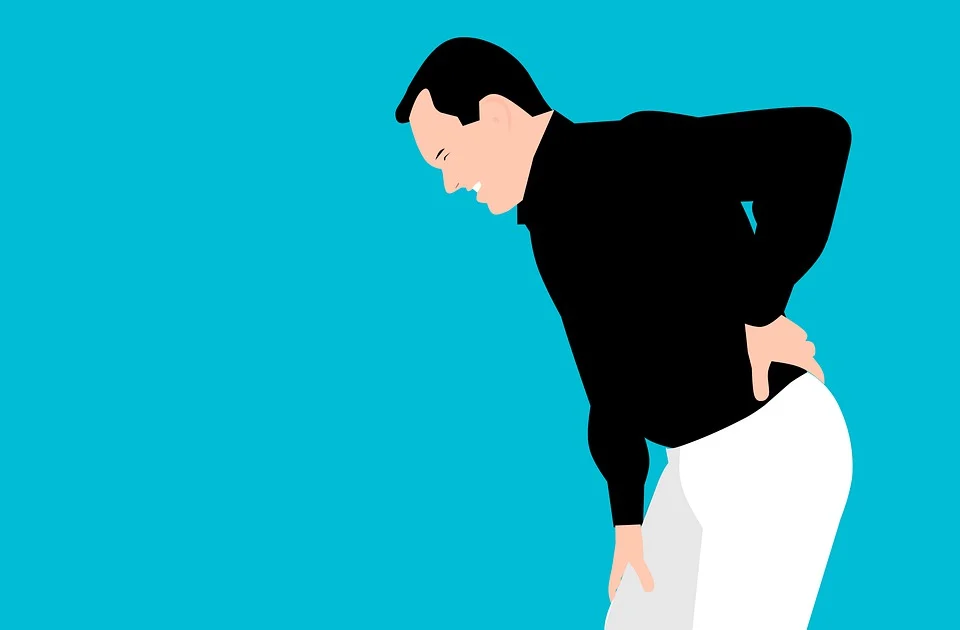
The pain is mostly localized to the lower back, however, it can travel down to the legs or the groin. This pain is called the “referred pain” since it is referred from the back to the legs.
Non-Mechanical Back Pain: Red Flag 🚩
Non-mechanical low back pain needs to be identified before initiating exercises for low back pain. You have to be very careful when there comes the word “Red Flag”, this term indicates the severity of the problem.
These patients can’t be treated conservatively with exercises because physiotherapy has no role in relieving this type of pain. The pain gets worse with exercise, so the patient has to consult an expert for further treatment.
How to identify Non-mechanical low back pain?
- People with non-mechanical low back pain usually do not have a preceding history of exertion or lifting objects.
- Apart from low back pain, people may also complain of pain in the ribs, arms, and legs. In this case, changes in movement will not change the intensity or character of pain. If the patient experiences some pain in forward bending, he will have the same type of pain in backward bending.
- Another important differentiating point is that non-mechanical pain often disappears completely for a few days, and then reappears after 3-4 days.
- Patients may also complain about having resting pain or nocturnal pain that occurs at night.
Low back Pain that is worse at night or while resting is indicative of a serious underlying disease
The 5 Best Exercises for Low Back Pain:
Once you have identified mechanical and non-mechanical low back pain, you can try these five exercises for low back pain that will usually relieve your symptoms within a few days. You may not need pain medicines if your pain is mild and tolerable. However, in severe pain, you can take pain medicines such as Ibuprofen, Ibuprofen plus Codeine, Naproxen, or a muscle relaxant.
Hamstring Stretch:
Hamstrings are muscles of the thigh. These muscles are located on the back. Hamstrings are responsible for hip extension.
They aid during walking, bending, squatting, and tilting. Hamstring stretches are exercises that improve the range of motion and flexibility of these muscles.
Hamstring stretches can be performed by following these steps:
- Lay straight on your back on the ground or on a mat,
- Keep one leg bent and lift the other leg in the air,
- Put a rubber band around the sole of the foot and stretch towards your belly,
- Hold this stretch for a minimum of 30 seconds and do 5 repetitions maximum.
Bridging exercises:
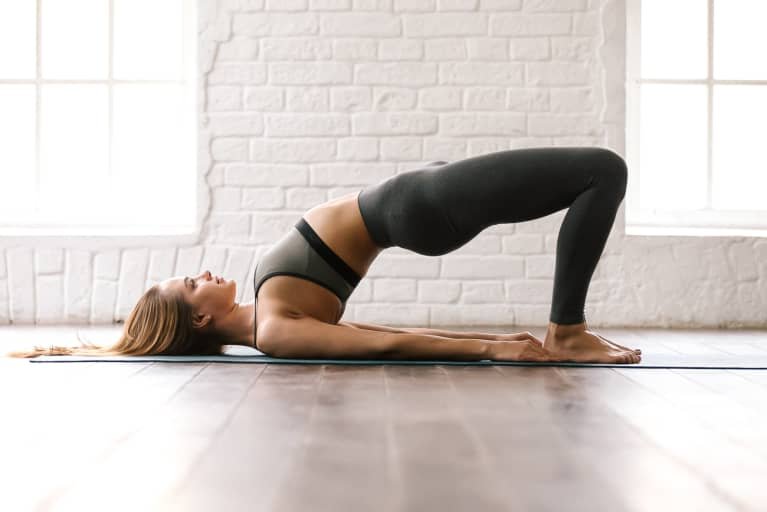
The second most effective exercise for LBP is the bridging exercise. It strengthens the gluteus muscles commonly called the butt muscles. Apart from shaping the butt muscles, these help in relieving lower back pain.
Bridging exercises can be performed following these steps:
- Lie supine on the floor with knees bent and feet flat on the ground.
- Keep your arms on your body’s sides.
- Raise your whole back and pelvic floor off the ground so that only shoulders, arms and feet remain on the ground.
- Lower your trunk back on the ground after 10-20 seconds,
- Take a rest for 10 seconds and repeat at least 10 times.
William Flexion/ Knee to Chest Stretches:
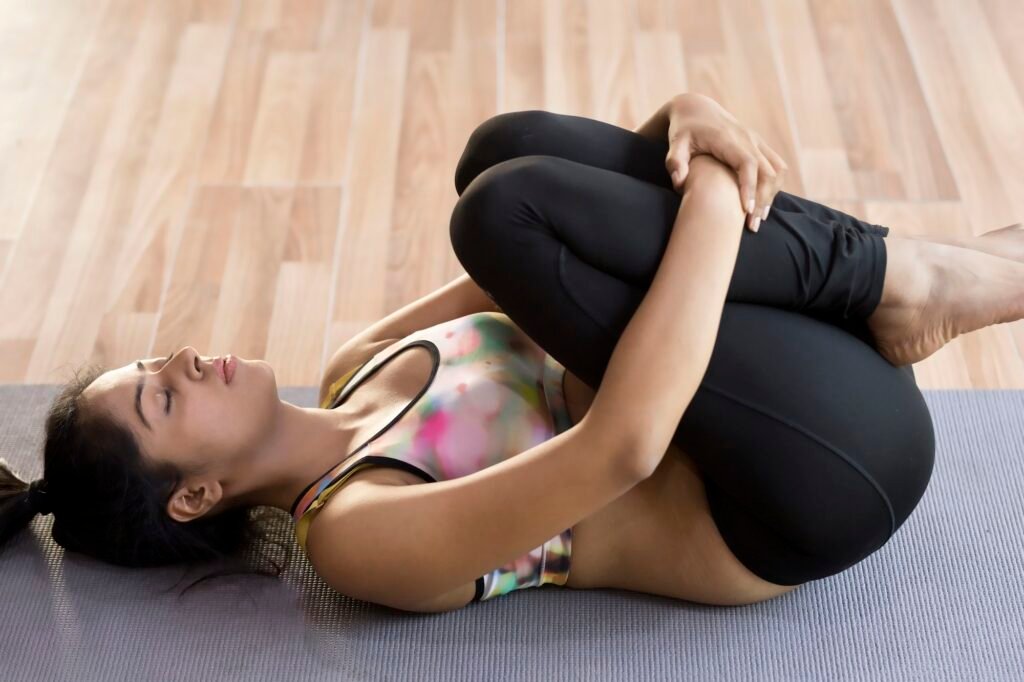
William Flexion or Knee to Chest exercises are some of the best exercises for low back pain. These exercises are very simple to perform even for elderly patients. These exercises stretch the muscles of the back and thighs and can be performed following these steps:
- Lie on the ground with your back on the floor.
- Keep one leg straight on the ground, bend the other knee with feet flat on the ground.
- Using both hands, interlock the fingers of both hands around the knee to bring the bent knee towards your chest.
- Hold your leg in this position for 5-10 seconds.
- Keeping the abdominal muscles tight, bring the feet back to the starting position.
- Perform 5 repetitions twice a day.
Superman Exercise:
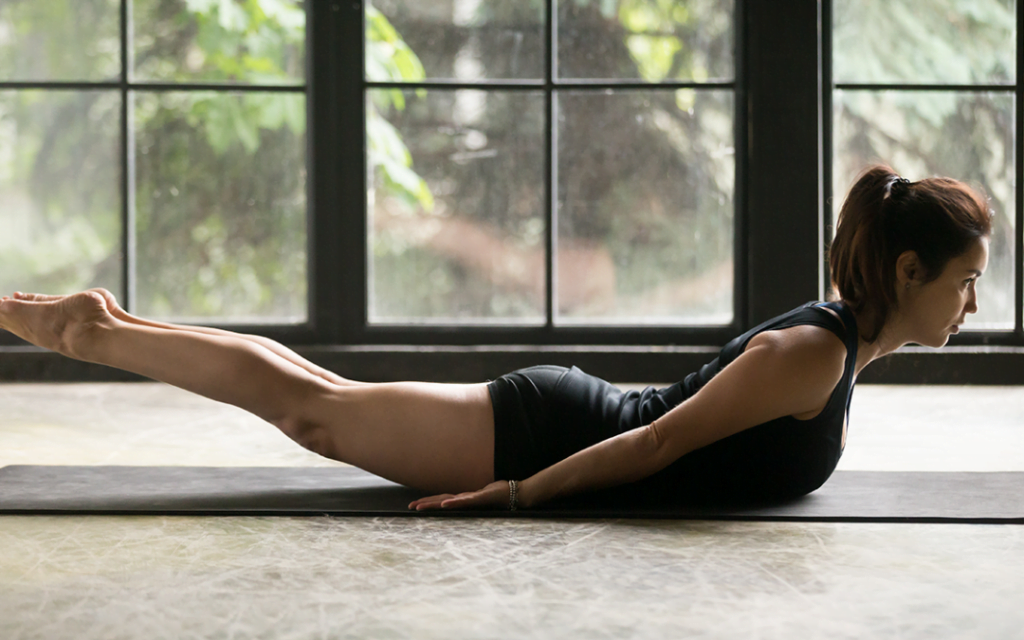
Superman exercises are also considered one of the best exercises for lower back pain. These exercises help strengthen the back of the muscles, butt, and abdomen (abs).
Perform the superman exercises as:
- Lie prone on the ground surface, stretch both arms out in front of the body.
- Keep the legs straight, fully stretched, on the ground.
- Lift the arms and legs off the ground to maintain enough distance between limbs and the ground surface.
- Keep the face off the ground to look at the floor.
- Stretch the arms and legs to the maximum limit, maintaining this position of flying away.
- Maintain this stretch for at least 5 seconds and return to the resting position.
- Perform a minimum of 10 repetitions a day.
Rotational Stretching in Sitting Position:
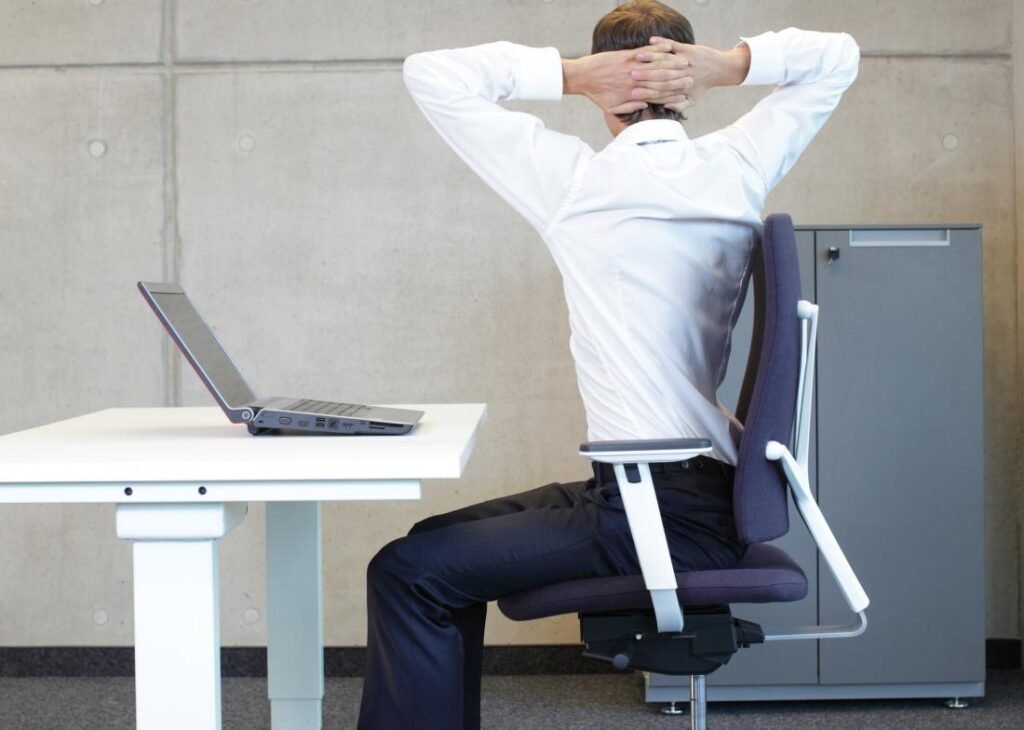
The rotational stretching exercises are helpful in relieving back pain and strengthening the core muscles. These can be easily performed even in your office or any other place.
Follow these steps to perform the rotational stretching exercises:
- Sit on the chair with knees bent and feet flat on the ground.
- While keeping the spine erect, rotate the whole trunk to the right and left alternatively.
- Both hands should be placed behind the head, with the fingers of both hands interlocked.
- Hold the stretch to each side for at least 10 secs.
- Repeat this stretch to each side 5 times a day.
In Conclusion:
Mechanical problems of the back and especially low back pain usually require some form of physiotherapy and exercise.
The five exercises that your physiotherapist will recommend include hamstring stretches, Bridging exercises, William Flexion exercises, Superman exercises, and rotational stretching exercises.
- Premium Ingredients: Our tea blend features high-quality Berberine, aromatic Oolong, and refreshing Mint, all organicall…
- Mint Flavored: Enjoy the cool, crisp taste of mint that perfectly complements the robust flavors of Berberine and Oolong…
- Unsweetened with Zero Calories: Crafted for those who appreciate the natural flavors of tea, our blend is completely uns…
- Need Prescription Strength Pain Relief? A TENS unit muscle stimulator and TENS machine that provides pain relief, acts a…
- Over 3M TENS 7000 Devices Sold. A consumer over the counter favorite back pain relief device and a leader in physical th…
- A Leader Since 2008 In Nerve Pain Relief. A 15+ year favorite TENS device among medical professionals for delivering bac…
- Cordless and Portable: Comfytemp portable heating pad is 5000mAh battery operated (included). It’s not to be tied down t…
- Upgrade Elastic Straps: Brandnew dual adjustable elastic strap of the back heating pad brings warmer relief and intense …
- Aim at Pain Relief: Heating pad for lower back provides heat therapy and soothing vibration massage to relieve hip and w…

- Back Pain HeatWraps: These air activated HeatWraps provide up to 16 hours of pain relief. Set Includes 10 Lower Back wra…
- Advanced Design: Single use wraps that are thin enough to be worn discreetly. Heat cell placement that stays close to yo…
- Effective Pain Relief: Wraps provide heat where you need it; Drug free, discreet and portable, so you can use them anywh…









